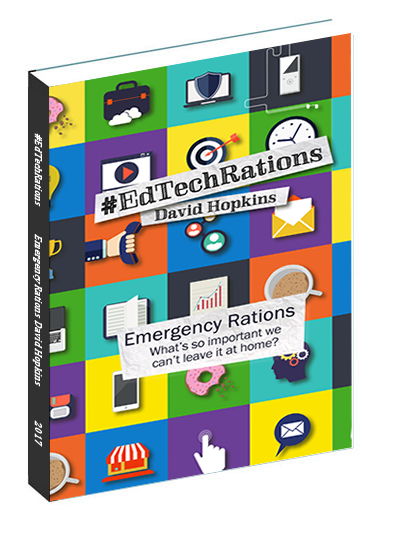What makes a ‘valuable’ academic tweet? #edtech
So, you can make a tweet that people will (statistically) read, re-tweet, reply, share, save, or ignore, and here’s the proof.
If, like the original article suggests, you are an academic using twitter for academic use (and many do, successfully) then there are a few ‘styles’ of tweets that you need to be aware of, and how your audience, your network, your PLN (Personal Learning Network), will view them.
“Broadly, we found that a little more than a third (36 per cent) of tweets were considered worth reading, while a quarter were not worth reading at all. (39 per cent elicited no strong opinion). Despite the social nature of Twitter, current mood, activity or location tweets were particularly disliked, while questions to followers and information sharing were most worthwhile.”
PS. it’s quite a small graphic so I’ve enlarged it slightly, hence the fuzzy writing/outlines.

Image source and original article: LSE – Who gives a tweet?
The article highlights the following tweet behaviours:
- Tweets emphasising real-time information, old news, or even links that were fresh this morning, can be annoying.
- Add value to a tweet by including a personal opinion or thought.
- Misuse of retweets and @mentions can make it feel like you’re overhearing someone else’s conversation, and overuse of #hashtags can make it hard to find the real content. E-mail or direct messages might be more appropriate; though unique hashtags are valued when users want to follow a question.
- Cryptic tweets and lack of context are particularly disliked.
- The standout reason for not liking a tweet was it being boring.
- Consider why people are following you and perhaps limit amount of personal details.
- Conciseness, even within 140 characters, is valued.
- Moaning and whining is disliked, while happy sentiments and a human, honest, outlook are valued.


















“a little more than a third (36 per cent) of tweets were considered worth reading, while a quarter were not worth reading at all”
Which is still better than normal conversation or teaching, then!
Thanks to Alan Cann (@AJCann) for his valuable comments on G+ this morning:
https://plus.google.com/u/0/106835236744551389007/posts/dBT1Z2L35gF
David
Interesting article. What do the 3 different colours signify? I’m an online tutor on http://www.chalksy.com and find that tweeting valuable and related content to my students is the best for a retweet. A little humour doesn’t go missed either.
Hi Kathy – from the original article: “From left to right, colors indicate percentages of Worth Reading, Neutral, and Not Worth Reading”.
All the best, David